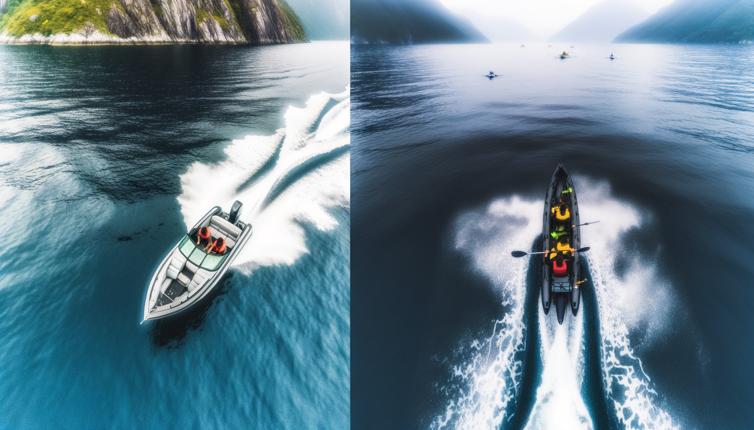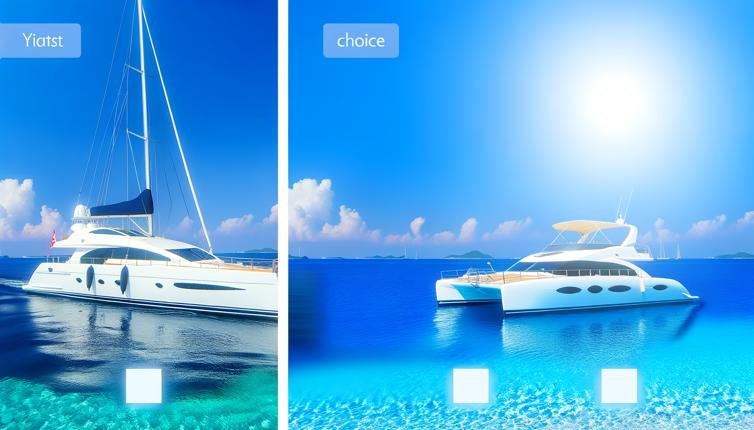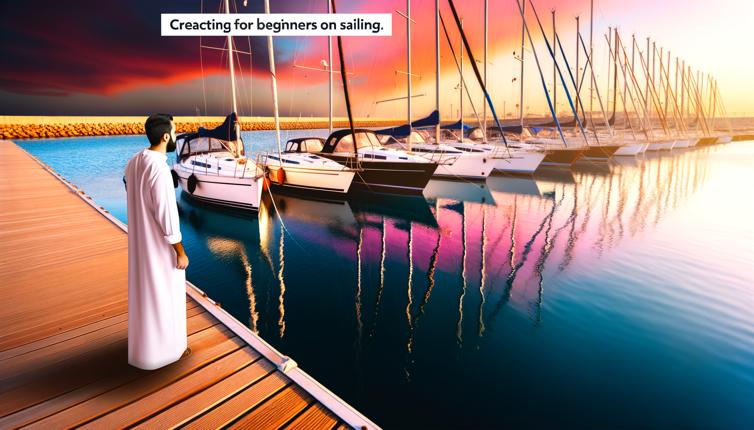Motorized Watercraft
Motorized watercraft, such as powerboats and jet skis, offer the advantage of speed and convenience. With a motor, you can cover larger distances in a shorter amount of time, allowing you to explore more areas and see more sights. Motorized watercraft also offer the thrill of speed and the ability to participate in activities like waterskiing or wakeboarding.,However, motorized watercraft can be expensive to own and operate. They require fuel, maintenance, and registration fees, which can add up quickly. Additionally, some areas have restrictions or regulations on where motorized watercraft can be used, so you'll need to research and comply with local laws and regulations before taking your motorized watercraft on the water.
Non-Motorized Watercraft
Non-motorized watercraft, such as kayaks, canoes, and paddleboards, offer a more serene and eco-friendly way to enjoy the water. These types of watercraft rely on human power, allowing you to enjoy a peaceful and quiet experience on the water. Non-motorized watercraft are also generally more affordable and easier to transport and store.,One of the main considerations with non-motorized watercraft is the physical effort required. Paddling can be tiring, especially when covering longer distances or dealing with strong currents or winds. However, it can also be a great form of exercise and a chance to connect with nature at a slower pace.,It's worth noting that some non-motorized watercraft, like stand-up paddleboards, can have a motorized option. These electric-powered boards offer the best of both worlds, allowing you to paddle when you want to and use the motor when you need a break or want to cover more distance.
Conclusion
Choosing between motorized and non-motorized watercraft ultimately comes down to your personal preferences, the type of adventure you're seeking, and any applicable regulations or restrictions in your area. Consider factors such as speed, convenience, cost, physical exertion, and the overall experience you want to have on the water. Whatever you choose, make sure to prioritize safety and respect for the environment. Happy adventuring!








